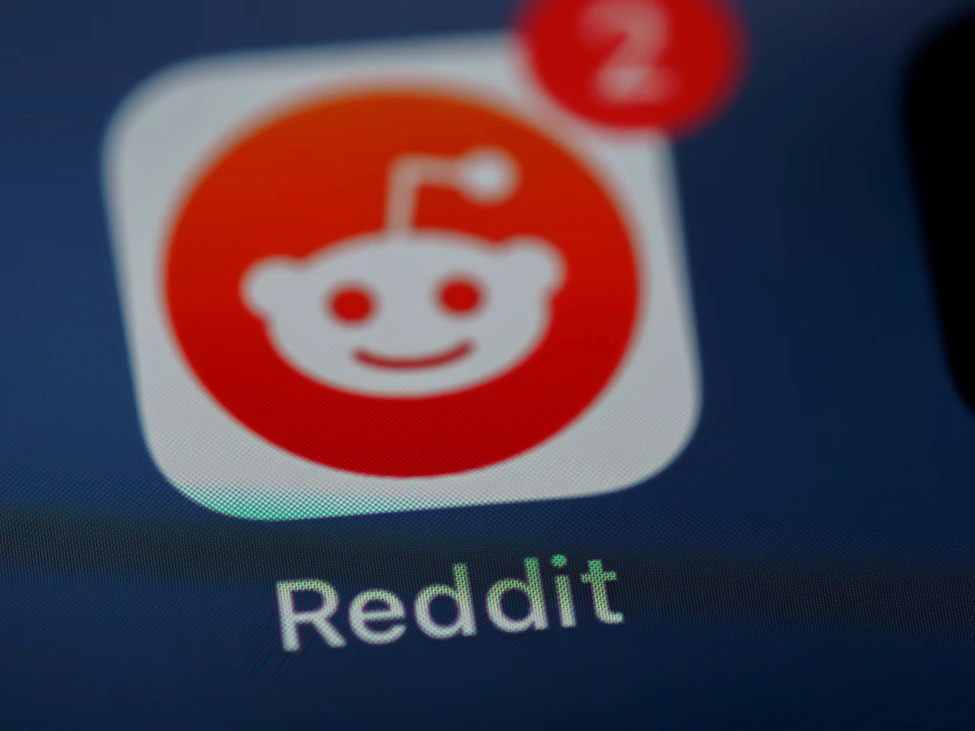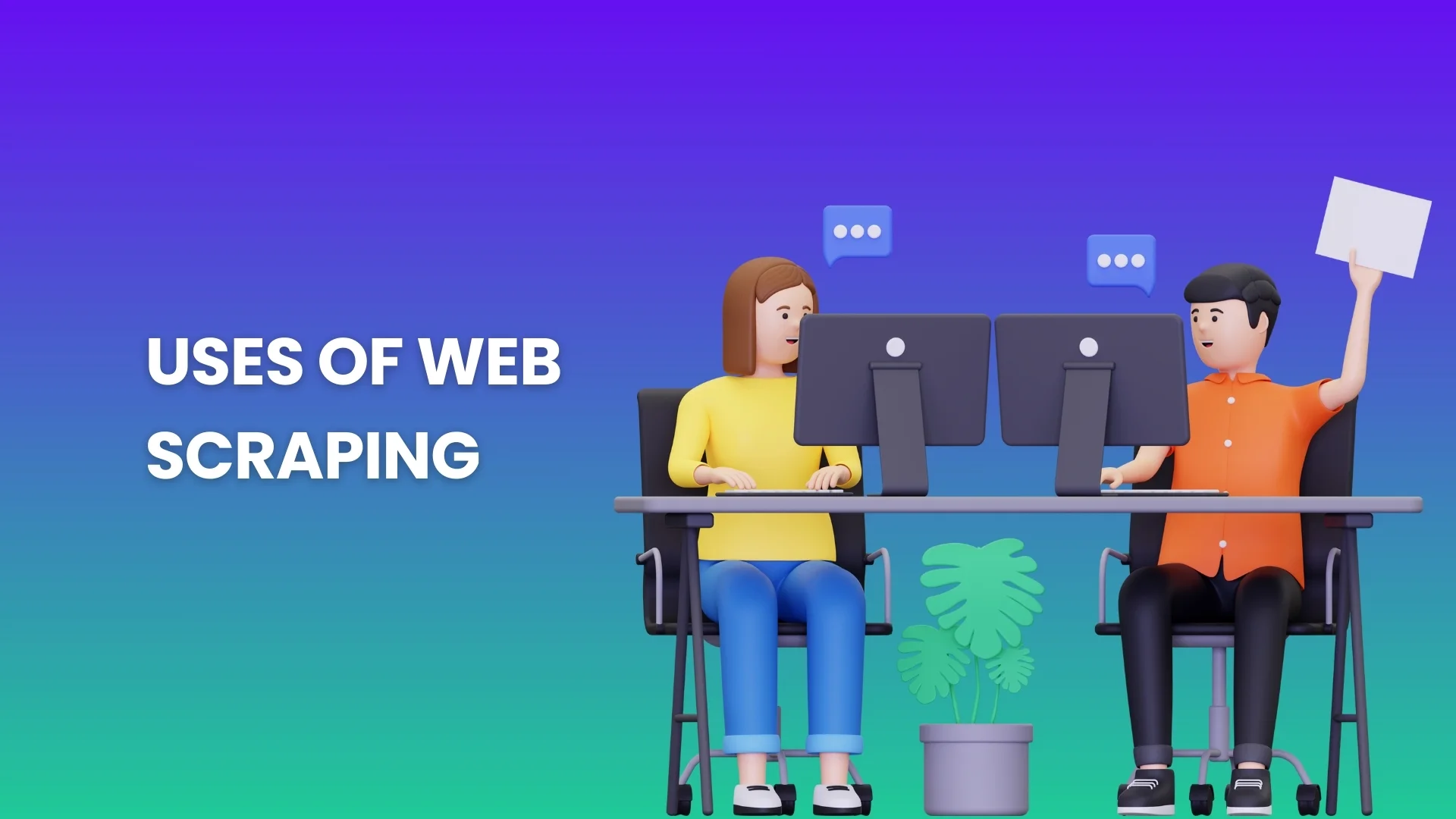Ever started a crucial research task and hit a wall because you just couldn’t find enough relevant data? You’re not alone. Many researchers and business professionals know that feeling all too well. But here is a thing. You can assess research insights without much effort as you extract data from Google Scholar.
In this piece, we’ll explore how this method can help you meet your research needs. Let’s get into it.
Understanding Google Scholar and its data
Google Scholar is a specialized search engine tailored for academic and scholarly research. Unlike traditional search engines that index a vast array of websites, Google Scholar focuses solely on scholarly literature. This includes articles, theses, books, conference papers, and patents from various academic publishers, professional societies, online repositories, and universities.
Here’s a quick rundown of what makes Google Scholar a good choice for collecting data for research:
- Categorized information. Whether you’re after a journal article, a conference paper, or a thesis, Google Scholar neatly sorts them out for you. No more sifting through unrelated stuff.
- Citation metrics. Ever wonder how impactful a piece of research is? Just check out its citation count on Google Scholar.
- Author profiles. With Google Scholar’s author profiles, you can get a sneak peek into publications, citation metrics, and affiliations. This is a way for you to get a consolidated view of an author’s contributions.
- Version and access links. Some articles have multiple versions, and Google Scholar often points you to free ones. So, no more hitting those pesky paywalls.
- Related articles. Found an article you love? Google Scholar suggests related ones to let you easily dive into your topic.
Benefits of Google Scholar scraping for researchers and academics
Comprehensive data access
While there’s no exact number on the size of the Google Scholar repository, some believe it has around 400 million entries. Whether you need to find articles, theses, books, or anything else, you’ll find it here. With such a variety of data, it’s easy to fail to get a full picture of the subject matter.
Also, let’s face it. Manually searching, downloading, and organizing data feels like forever, right? With a Google Scholar scraper, you’re basically putting those tasks on fast-forward. Pull out every book, thesis, article, or anything else related to your topic in a snap.
So, in fact, when you turn to scraping, you get a holistic view of the subject, while spending less time on data collection.
Customized data sets
We’ve all been there—sifting through heaps of information, feeling overwhelmed. As you customize data sets, you filter out the noise. This helps you focus solely on the information relevant to your research. What a saving of time and energy!
So, whether you want data from a specific author or a particular time frame. Or perhaps you’re keen on articles that revolve around a niche topic. With scraping Google Scholar, you set these parameters to extract precisely what you need.
💡 As your research evolves or takes a new direction, you can tweak your scraping parameters.
Enhanced collaboration
Two (or more) heads are often better than one. That’s why many groundbreaking studies and projects resulted from collaboration. And with the capabilities of Google Scholar scraping, teamwork gets a significant boost.
For example, all team members can access a unified pool of data. This means everyone is on the same page, literally and figuratively. A unified approach fosters consistency and ensures everyone is working with the same set of facts.
Or do you remember the days of emailing files back and forth? Oh, what a version chaos it was! You send the latest iteration of the document, then edit it a little bit, and forget to notify the rest of the team… But as you scrape information and then conduct data preparation, you can forget about that mess. Your team members will easily pass along findings without the clutter of multiple file versions. Very convenient!

Is data mining from Google Scholar scraping possible?
So, you’ve heard about data mining, and you’re thinking, “Can I do that with Google Scholar?”
On the tech side, sure, you can scrape data from Google Scholar. With the right tools, you can pull out heaps of data and dive deep into your research.
But is it legal? Here’s where things get a bit tricky. Generally, you can fetch publicly available data from this source. But unless you do ethical web scraping:
- You give proper attribution to the original content creators
- You avoid the extraction of personal or sensitive information
- You don’t overload the server with frequent requests
- You respect the website’s terms of service
The best ways to extract data from Google Scholar
In a nutshell, there are three paths you can take for web scraping Google Scholar: API, dedicated software, and service outsourcing. The method you choose largely depends on your specific needs, the data’s availability, and the technical challenges you’re willing to navigate.
1.A third-party API
Google Scholar doesn’t offer an official API. Luckily, there are third-party tools and libraries that mimic API functionality. So, how do they work?
A third-party API acts as an intermediary between you and Google Scholar’s database. You send a request to the API with specific parameters (e.g., keywords, author names, publication dates). The API then fetches the relevant data from Google Scholar and returns it to you in a structured format, typically JSON or XML. So, the data you get is clean, organized, and ready for analysis.
💡 APIs provide structured access to data determined by the website. If they choose not to include certain data in the API, then you won't be able to access it through this tool.
For this, you’ve got to make sure your team has the following basic skills:
- Programming knowledge to make API calls and handle responses
- Know how to parse and process data formats like JSON or XML
- Ability to integrate the API responses with other tools
However, third-party APIs often have restrictions on the number of requests you can make in a given time frame to prevent server overloads. And the lack of an official Google Scholar API may make you want to consider the second option.
2.Dedicated scraping software
The software operates much like a human user would, but at a much faster pace. It accesses Google Scholar’s web interface, “reads” the HTML content of the pages, and extracts the desired data based on predefined criteria.
💡 Software is more flexible in terms of what it can extract. While an API might limit you to predefined queries or data structures, you can customize scraping tools to target ANY elements on a webpage.
To successfully carry out text mining Google Scholar, your team should have:
At least a foundational grasp of HTML and CSS Familiarity with programming languages like .NET, Python, or JavaScript Skills in handling databases or data storage solutions
Mind that in case Google Scholar updates its layout or structure, you’ve got to adjust scraping software to let it continue doing its job. Also, if you do not set precise criteria, you risk pulling in vast amounts of data (not all of it might be relevant).
3.Scraping service outsourcing
When you lack the technical expertise or resources to handle large-scale data extraction in-house, outsourcing becomes a lifesaver.
Once you pick a reliable service provider, you outline your data needs. You may want to specify the type of data you’re after, the frequency of scraping, and any other specific criteria. The vendor will then work with you to set up the scraping tasks. They’ll handle the technical aspects, from writing the scraping scripts to setting up servers. You’ll get any data, in any format. You may get post-scraping services, too. Such as data cleaning, validation, or migration.
💡 What is data migration and why you may need this service? Read in our article.
To make things work, the following skills are required from your side:
- Ability to articulate your data needs clearly
- The basic understanding of data structures and formats
- Project management to track progress, timelines, and deliverables
However, relying on an external service always means you’re dependent on their availability and responsiveness. If they face technical issues or other challenges, you’ll be the one to suffer. So, work with trusted and reputable vendors.
Final thoughts
Collecting data from Google Scholar is exciting, but also a tad overwhelming. But you’re not alone. At Nannostomus, you’ll find the desired qualified help.
We’re a bunch of data enthusiasts who genuinely love helping researchers like you make sense of Google Scholar information. We believe in doing things the right way, which means we follow ethical and best scraping practices.
Let’s talk to see how Nannostomus can help you optimize your research.




